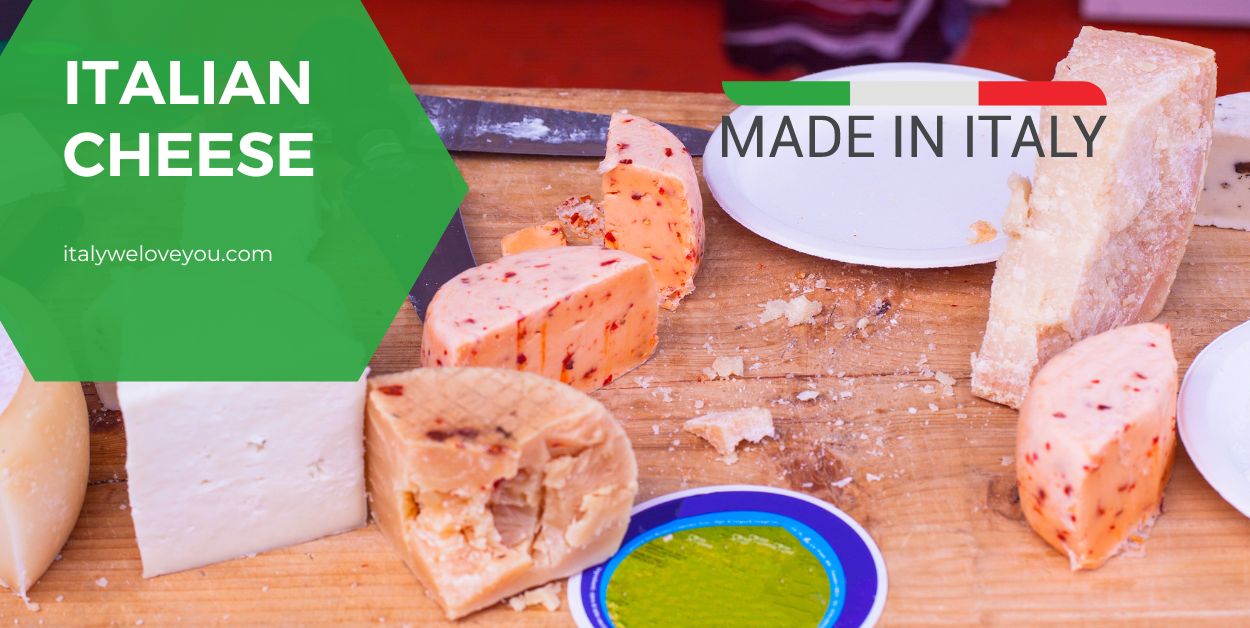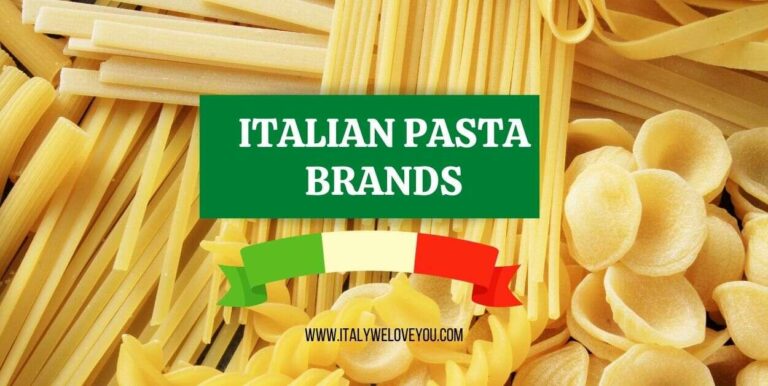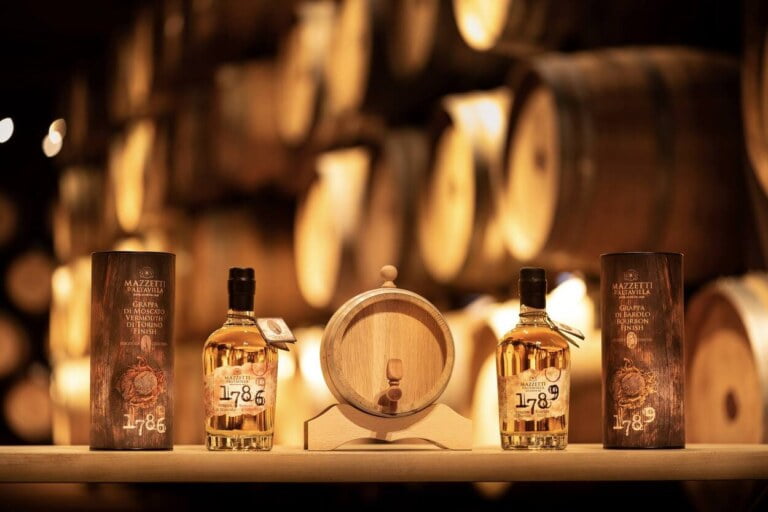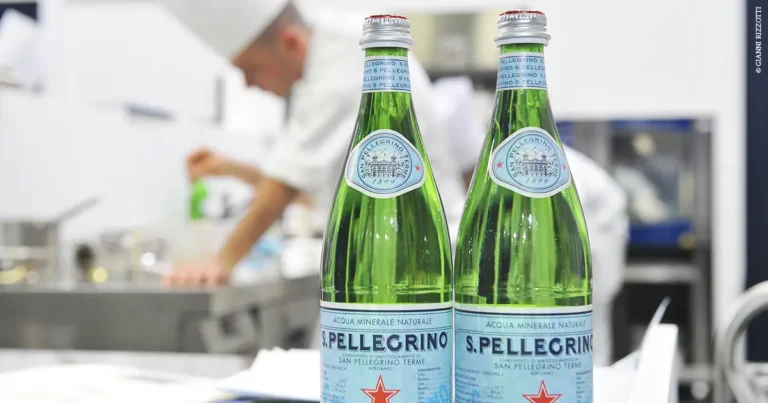12 Best Italian Cheeses You Need to Try During Your Trip to Italy
Italy is among the European Countries with the highest number of products recognized with the qualification of Protected Designation of Origin (PDO), Protected Geographical Indication (PGI), and Guaranteed Traditional Specialty (TSG). Many of these products are the most famous Italian cheeses.
Cheeses together with wine and cold cuts are in fact, one of the excellences of Italy. Each Italian region has one or more typical cheeses, each with its particular flavor and processing. In fact, some prefer delicate flavors, and those allow themselves dairy products with a more intense flavor. Italian dairy production is so large that it also has different varieties of cheese, such as hard, soft, and semi-hard ones.
Having the wording PDO on the label means that in the procedure that leads to cheese production, it is necessary to comply with certain rules introduced by the Production Regulations.
What can be obtained from these standards is a sort of scheme that offers a list of what should be the information written on the labeling of the cheese: origin and name of the product; physical, biological, organoleptic characteristics; place of production and processing of milk; place of cheese processing.
The specification also indicates which are the bodies responsible for product control.
Below we list only some of the typical Italian cheeses, the best known in Italy and abroad.
Pecorino
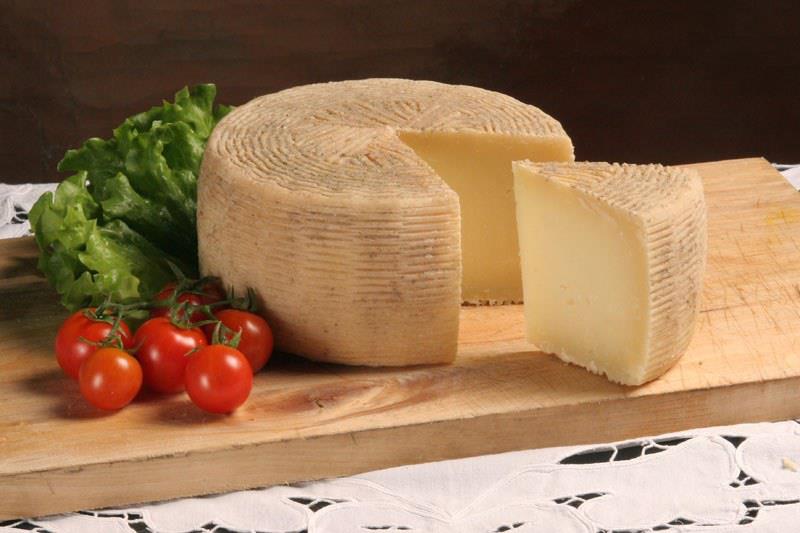
The term pecorino refers to all cheeses made mainly with sheep’s milk. In Italy, there are many different varieties of pecorino, such as Sardinian, Tuscan, and Roman pecorino.
Pecorino Romano is produced in Sardinia, Lazio, and only in the province of Grosseto in Tuscany, while the Tuscan one is produced in some provinces of Tuscany, Umbria, and Lazio; finally, Pecorino Sardo can only be produced in Sardinia.
Pecorino is a fat cheese with hard or semi-hard consistency and is subjected to a medium-long seasoning. Cow’s milk is used for the Tuscan and Roman pecorino, while goat’s milk is used for the Sardinian one. It exists in a sweet or seasoned version with a stronger flavor.
Pecorino is a cheese to be consumed on a cutting board together with other cheeses or alone, given its high nutritional value, making it an excellent meat variant. In fact, this cheese contains many minerals, such as calcium, phosphorus, and iron, but also vitamins and amino acids essential for the body.
Asiago
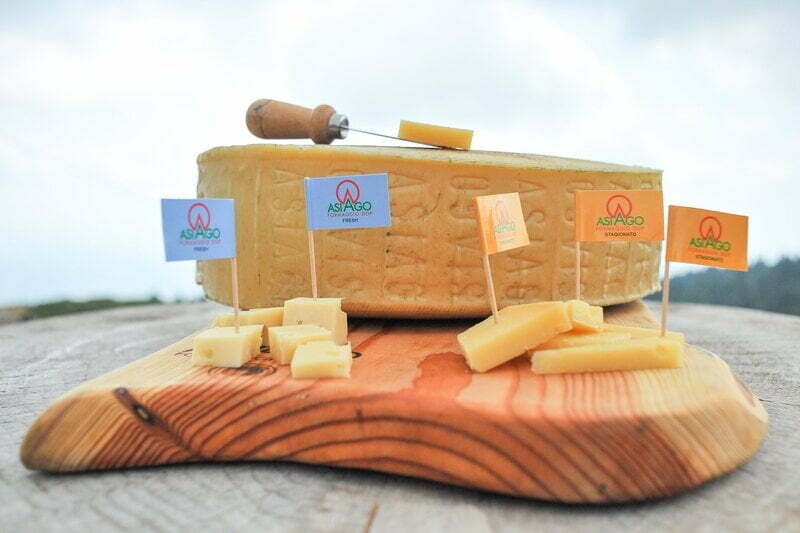
Asiago DOP is a semi-cooked cheese produced exclusively with cow’s milk in two types: the Asiago DOP Pressato type, with whole milk, has a sweet and delicate flavor, while the Asiago DOP d’Allevo type, with partially skimmed milk, has a stronger flavor.
It is a typical cheese originating from the Asiago plateau which was already a renowned place for grazing flocks since the year 1000. Towards the end of the nineteenth century, the production of Asiago also extended to the foothills, to the plains, and also to the nearby Trentino.
Today the production area of Asiago PDO lies in the province of Vicenza, in two neighboring areas of the provinces of Padua and Treviso, in the Veneto region, and in the Autonomous Province of Trento.
Each cheese wheel bears the consortium brand with the number of the dairy, the initials of the province, and the word “Asiago” imprinted on the side.
For the realization of this cheese cow’s milk is used and it is characterized by different aromas as there are three versions: medium, old, or very old. The first one is aged 4-6 months and tastes sweet. The second one is aged for more than 10 months, while the extra-aged one is over 15 months. The last two have a very strong and decisive flavor, even reaching spicy notes.
Burrata
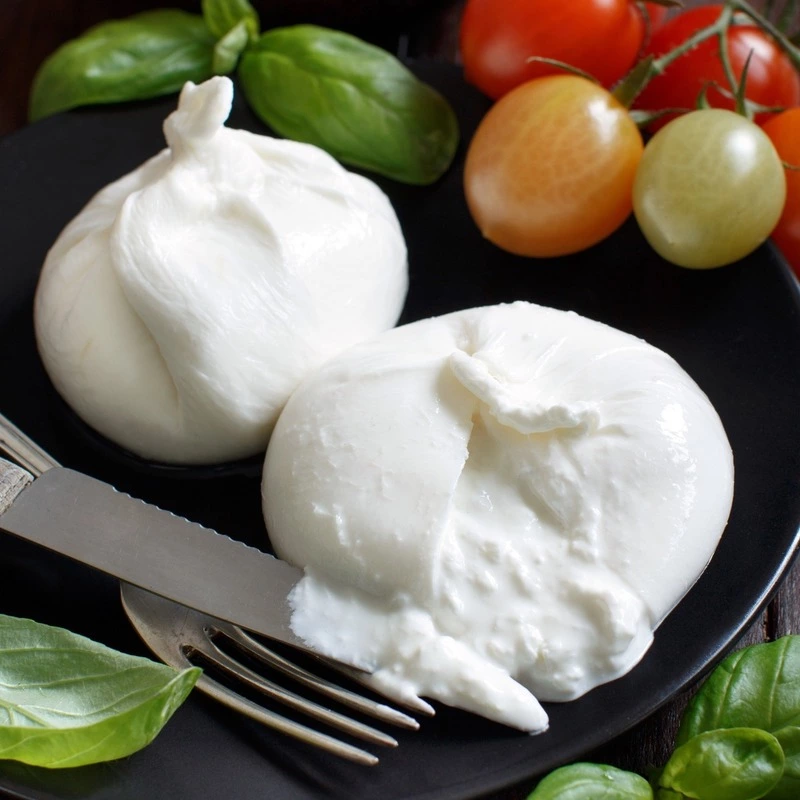
It is a stretched curd cheese typical of the Puglia region, whose production is concentrated in the provinces of Bari and Taranto. It is enclosed inside a pear-shaped bag of spun paste, with a smooth and shiny surface and white in color.
Burrata, as we have said, is a stretched curd cheese, the same as buffalo mozzarella. In this case, however, the function, content and consistency change: the elastic dough creates a casing with a thickness of about 2 mm, which does not correspond to the substance of the dairy product.
The creamy heart of the dairy product is in fact made up of the filling of very soft stracciatella of buffalo “stracciatella”, with a slightly pungent flavor, mixed with cream. It also has a greater weight than the common mozzarella: in fact it varies from 100 g to a kilo in weight. On the top it has the typical bag closure.
The flavor, compared to that of buffalo mozzarella, is slightly more acidic, savory and less delicate, the texture less elastic, softer and fatter. The percentage of calories and cholesterol of burrata is in fact higher in proportion, due to the presence of cream.
Grana Padano and Parmiggiano Reggiano
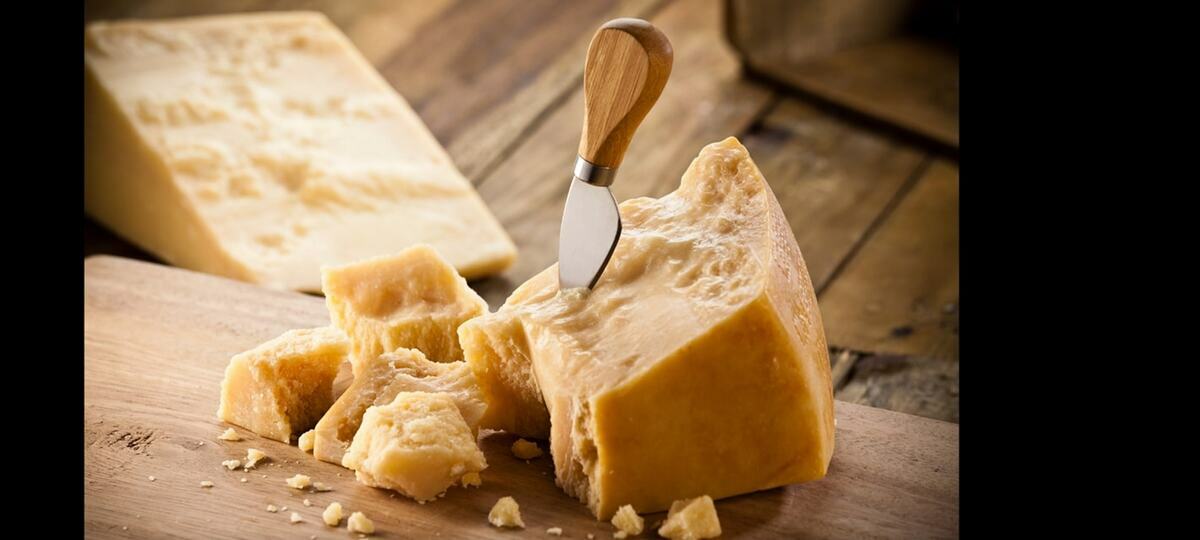
Grana Padano and Parmigiano Reggiano PDO are among the most famous Italian cheeses. The first is produced in Emilia-Romagna, while the second is typically Lombard but is also produced in Trentino Alto Adige, Piedmont, Emilia-Romagna, and Veneto (the Po Valley extends precisely in these areas).
These are hard, cooked, and slow-maturing cheeses produced from raw cow’s milk with coagulation by the action of rennet. They are cheeses with a maturation ranging from 12 to 18 months for Parmesan, while for Grana Padano, it reaches up to 20. They are hard but crumbly, are characterized by an intense flavor, and are often used to season first courses.
Being a natural food with a high energy potential and containing many nutrients, they are suitable for the nutrition of children, adolescents, pregnant women, athletes, and the elderly.
The traditional production process of Grana Padano and Parmigiano Reggiano PDO, strictly defined by the Production Regulations, allows obtaining naturally lactose-free cheeses, which are therefore easily consumable even by those who are intolerant of it.
Fontina
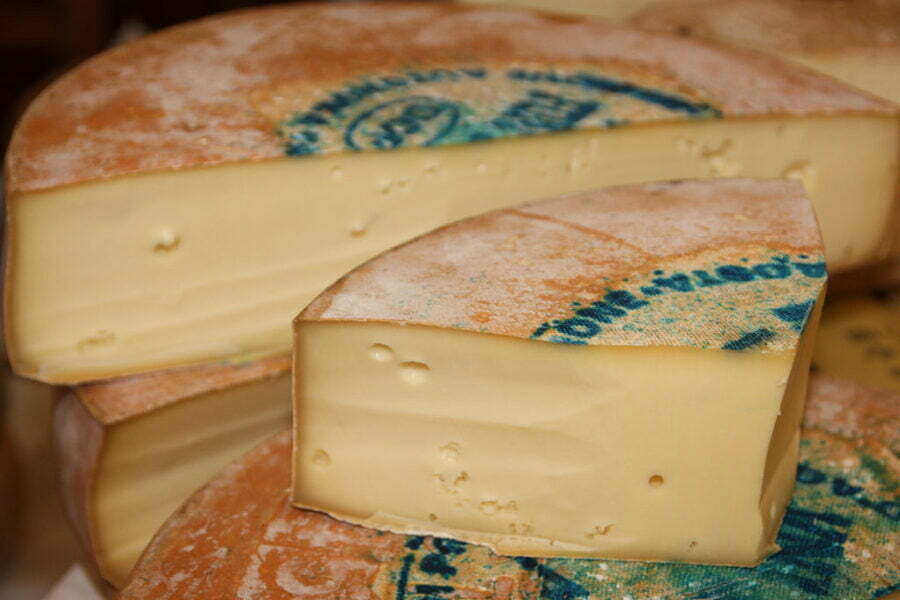
Fontina is a semi-cooked full-fat cheese produced throughout the Aosta Valley, where flowers, water, and herbs give milk and cheese their unmistakable flavor and aroma. It is characterized by an intense straw-yellow color and a thin, inedible rind. Veal rennet is added to the raw milk from a single milking.
The curd obtained is stirred and then cooked at a temperature of 48°. After extraction, the paste is pressed to eliminate the residual whey. It is a decidedly fatty cheese that is subjected to a minimum average maturation of 3 months in salted water.
In the first month, the wheels are treated with water and salt; the maturing takes place in natural environments. The cheese forms mature, aligned on a spruce table, in natural caves, for at least 90 days.
Once matured, after a series of strict controls, the Consortium of producers and protection of the Fontina PDO proceeds with the marking: the wheels marked with the brand are guaranteed for authenticity and quality.
The mountain pasture is excellent for its intense aromatic characteristics. It has a strong flavor and is often used to make “fondue,” a typical regional dish.
Buffalo Mozzarella from Campania
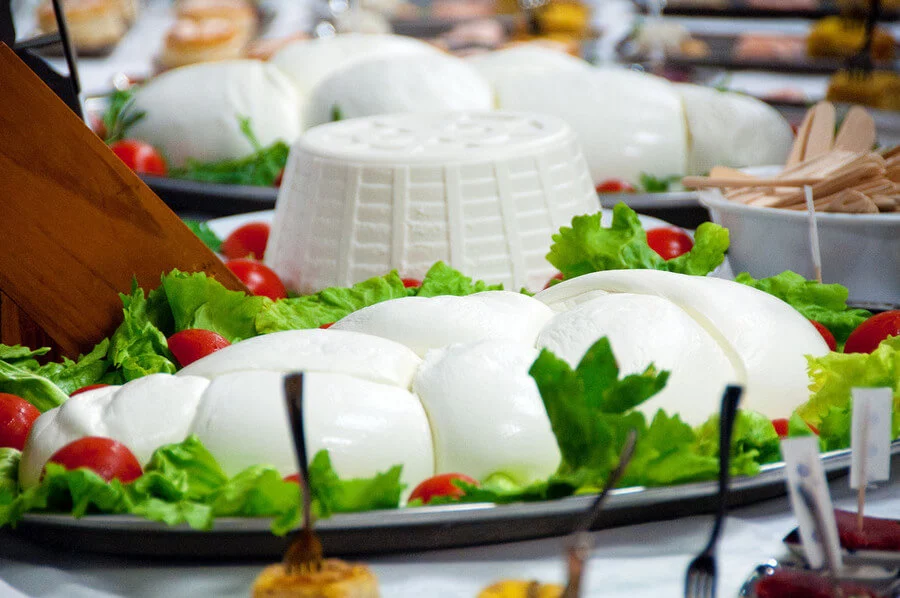
The best is undoubtedly produced in the southern regions of Italy. The production area of the Buffalo Mozzarella PDO includes the provinces of Caserta, Salerno, and some municipalities in the provinces of Naples and Benevento, in the Campania region; some municipalities in the provinces of Latina, Frosinone, and Rome, in the Lazio region; the only municipality of Venafro, in the province of Isernia, in the Molise region; finally some municipalities in the central part of the province of Foggia, in the Puglia region.
The milk used is obviously that of buffalo. The milk must be delivered to the dairy filtered and processed within 60 hours of milking. It has a soft and spun dough and a taste very similar to that of yogurt.
Excellent to taste alone but also as a topping for pizza. Mozzarella obtained the recognition of the DOP mark in 1996.
The term mozzarella derives from “mozzare” (to cut), an operation that consists in manually cutting the spun dough, carried out with the index finger and thumb (“mozzatura”). It is a fresh stretched curd cheese known and renowned all over the world.
Caciocavallo
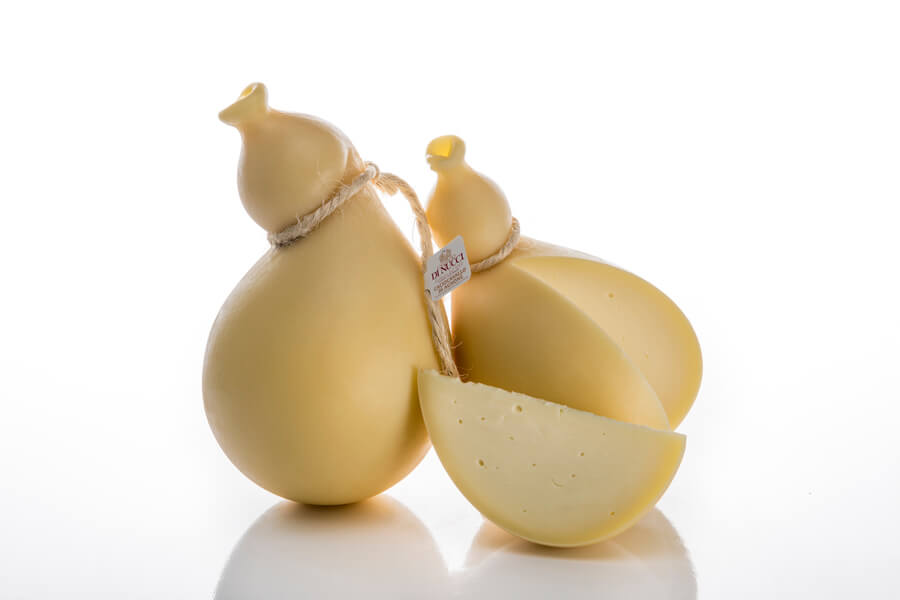
Coming from Calabria, Basilicata, Puglia, and Molise, caciocavallo is produced with the milk of cows reared in the wild and subjected to a 30-day maturation period in special cellars hung from beams. It is one of the oldest and most characteristic stretched curd cheeses of Southern Italy. The caciocavallo pasta is straw yellow in color with a homogeneous consistency. It has a thin and smooth straw-colored rind. It is allowed to treat the surface of the forms but without dyes. Paraffin is often used to preserve it.
The most accredited thesis on the origin of the name “caciocavallo” derives from the custom of hanging the cheeses, in pairs, astride wooden poles, arranged near hearths. Its dough is spun and exists in a sweet or spicy version. Liquid calf rennet is added to the milk to obtain a sweet caciocavallo, or kid or lamb rennet in paste for spicier caciocavalli.
The added name “silano”, on the other hand, derives from the ancient origins of the product, linked to Sila plateau, in Calabria.
Gorgonzola
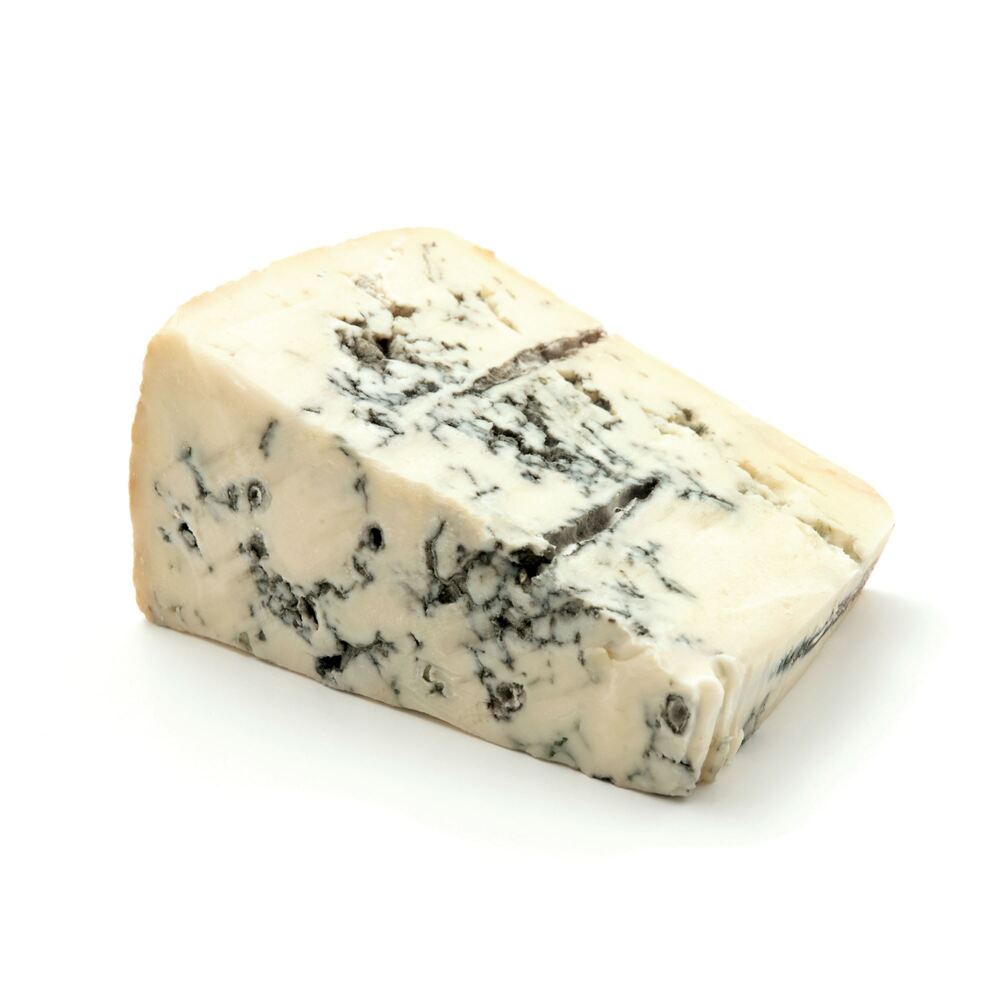
Gorgonzola Cheese is a type of blue cheese that originates from Piedmont and Lombardy. It is locally and internationally well-known and can be either sweet or spicy, depending on the aging process.
The cheese is made from cow’s milk that has been inoculated with Penicillium Roqueforti, which causes it to ripen quickly. During maturation, the cheese is perforated to allow air to pass through, which helps the molds to develop.
The sweet version is aged for at least 50 days, while the spicy version is aged for a minimum of 80 days. The cheese has a wrinkled, moist rind with deep straw-colored molds that tend towards a red-orange color.
The creaminess of the cheese is highly sought-after by consumers, while connoisseurs prefer the natural spiciness of the product. Gorgonzola Cheese can also be sold with the addition of walnuts, salmon, or mascarpone, which enhances its flavor.
Taleggio
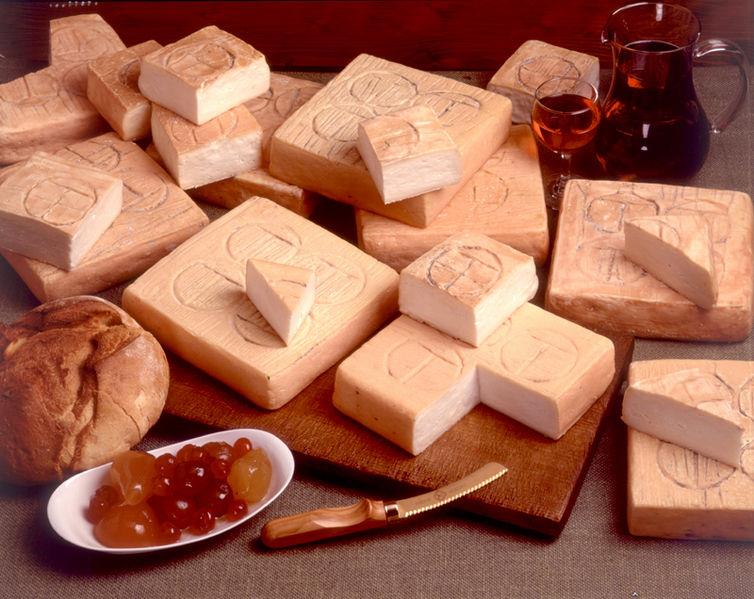
Taleggio is a predominantly soft cheese, especially on the sides and under the rind, where it is even creamy. The crust of Taleggio is soft and thin, characterized by pink color and gray-green molds.
The center of the cheese, on the other hand, is crumbly, especially after a long seasoning, uniform, and also rather compact; the color can vary from white to straw white, tending to yellow. It is produced in the homonymous valley, near Bergamo, but also in Veneto and Piedmont.
It is characterized by a thick crust (given by the different sponging with water and salt), but with a soft inside. Due to its maturation that lasts about 40 days, it releases an intense smell and flavor.
Taleggio is aged on wooden boards; originally, this cheese was left to mature all the time in caves typical of the Taleggio valley, or in the valley huts. The minimum curing time is 35 days, but it can be extended if you want to obtain a cheese with a more persistent and intense flavor and smell and with greater variability.
This type of cheese has a predominantly sweet flavor, with only a few sour notes, and contrasts amiably with its very intense characteristic aroma, which sometimes recalls the truffle.
La Tur
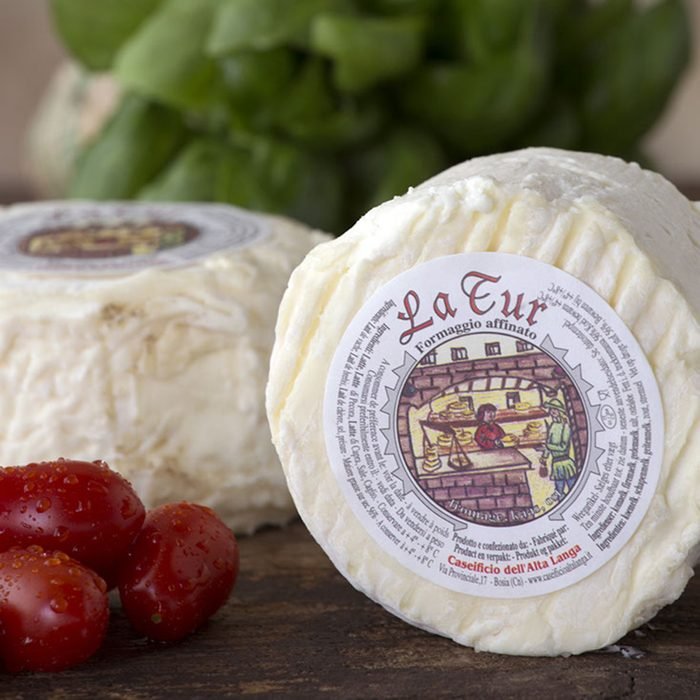
This cheese is a blend of cow, sheep, and goat milk produced by Alta Langa Dairy. It has a soft interior wrapped in a creamy, wrinkled white crust. The curd has a balanced flavor with hints of sweet butter and cream, which develops during slow maturation.
It’s perfect for a simple breakfast with sweet jam and warm bread or for an omelet with tomatoes, peppers, and onions. This cheese is versatile and can be enjoyed in various situations.
Provolone
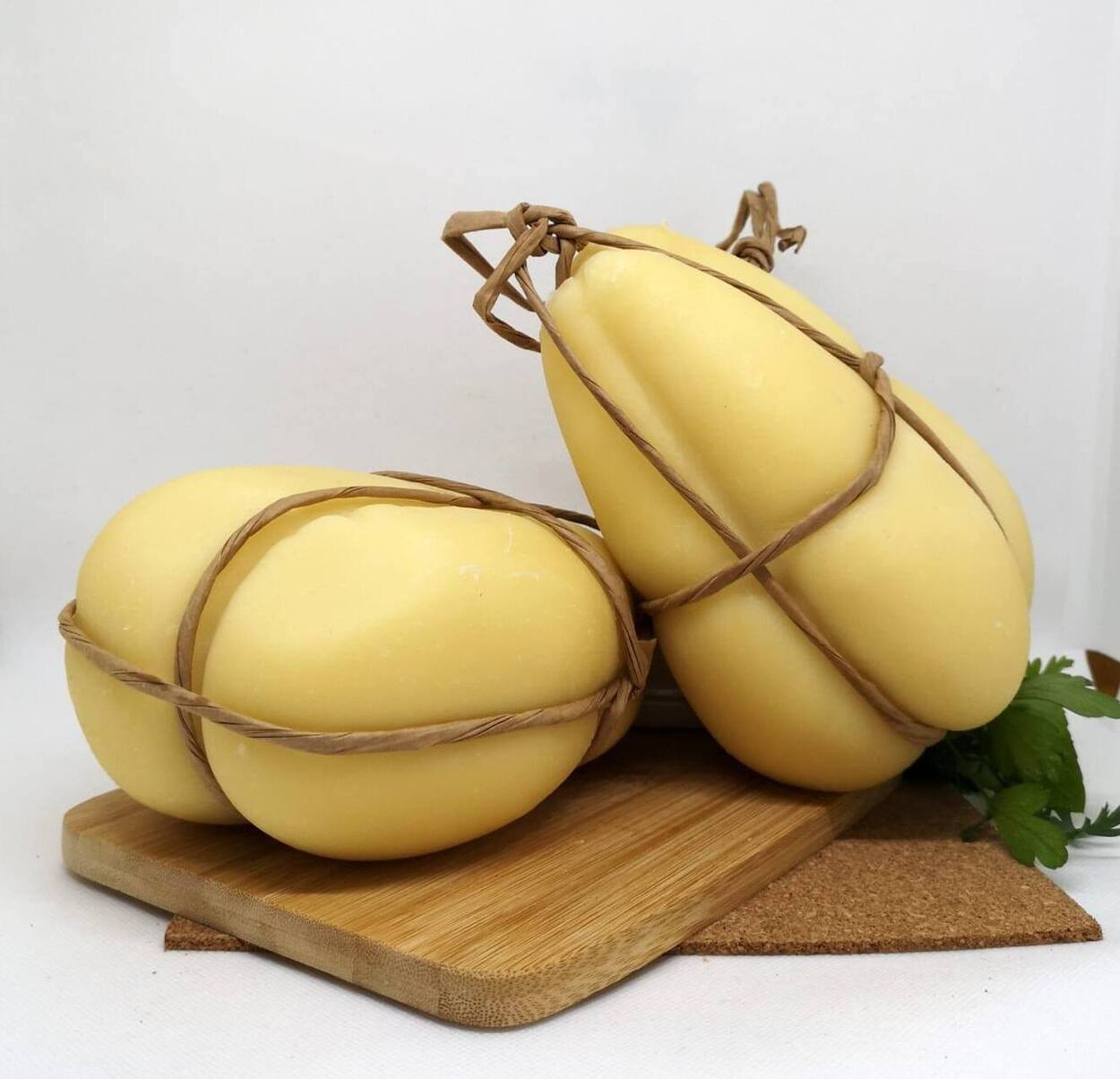
Provolone, a stretched curd cheese made from cow’s milk, was originally produced in Campania, but now it’s made in many Italian regions. Its distinct “pear” shape makes it easy to recognize.
There are two varieties: sweet Provolone, which has a pale white hue and is aged for about four months, and spicy Provolone, which has an intense yellow color and a more robust flavor and can be aged for up to three years.
Robiola
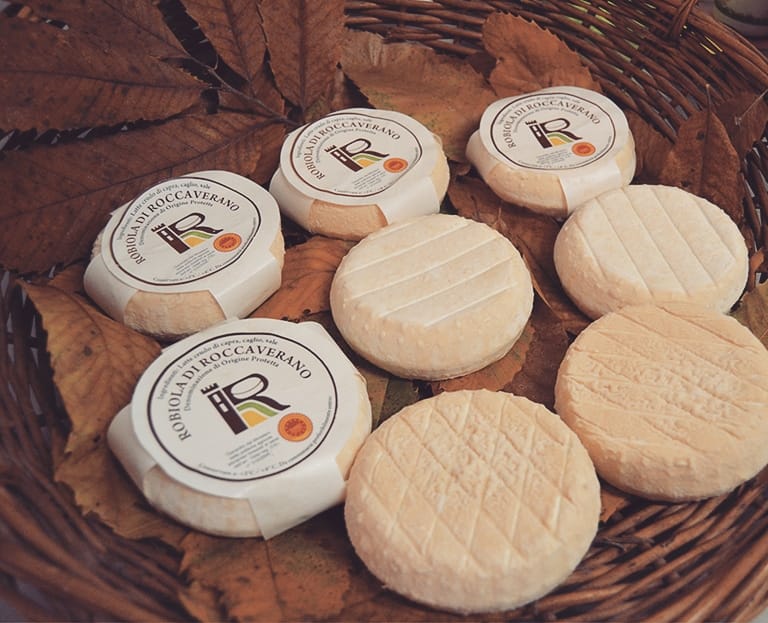
Robiola Cheese is a soft-textured cheese with a sweet taste that is produced in various regions of Northern Italy, including Langhe, Valsassina, and Brescia. This cheese can be made with cow, goat, or sheep’s milk, or a combination of the three.
Some examples of Robiola Cheese include Robiola Bosina, made with sheep and cow’s milk, and Robiola Rocchetta, made with all three types of milk.
Read also :

